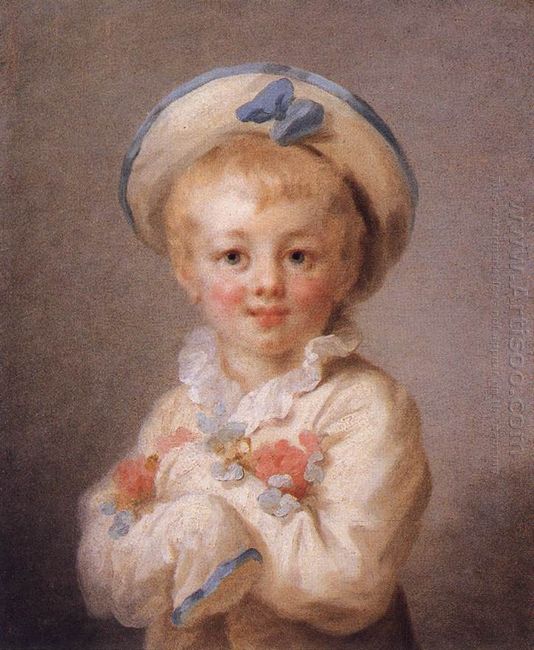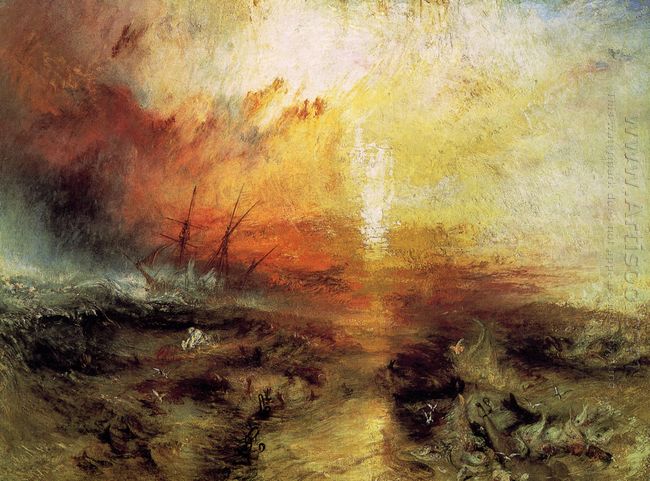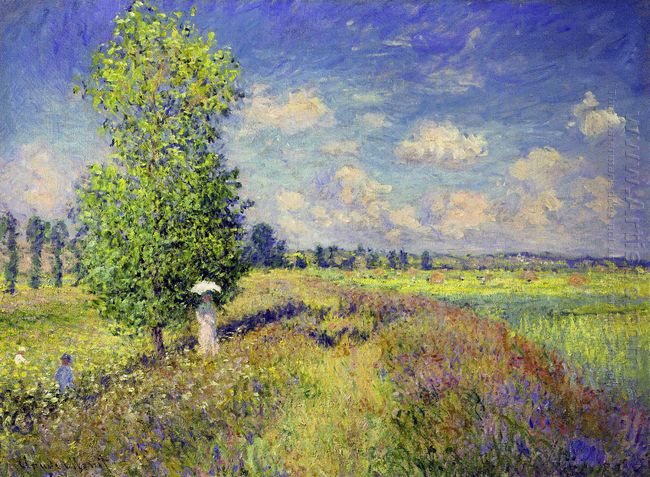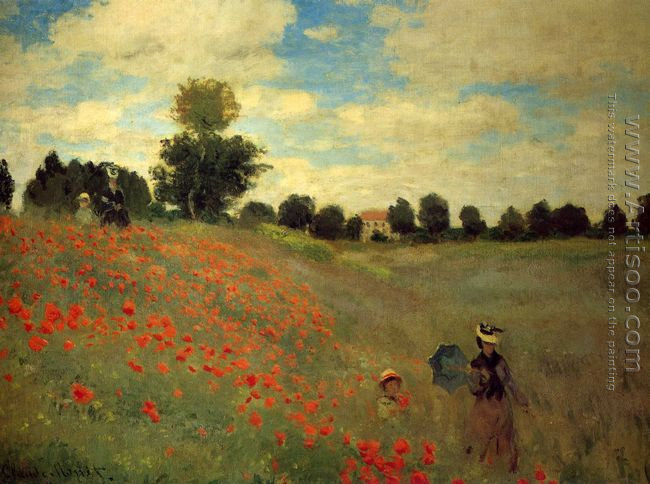The painting L'Enseigne de Gersaint was made by Jean-Antoine Watteau at the end of 1720 for his friend and art dealer Gersaint. It was originally as the gift to his good friend for decoration. The painter only used one week for completion. This was the last work of the artist. In the second year of this work’s completion, Watteau finished his short life span of 37 years.
The theme of this painting was to resort to the painter's intuition and imagination, which was a wonderful portrayal of his noble soul of emptiness: the house was covered with very exquisite and highly imitated works. From the wall, we could find Rubens and Van Duck’s masterpieces and the works of famous painters Antonio Morrow, Ruiz Dal, Potter, and Van Ostade. The beautiful Mrs. Gelsa and a few gentlemen were talking about the price of the painting. In the left, there were two packers: one was busy with packing the painting, another was putting the painting to the box, which was obvious the portrait of Louis XIV. This detail was symbolic, suggesting that the Louis XIV's interest was over. The two dudes were eating with appetite and appreciating the oval nude painting.
Watteau used the thick pigment with the best texture, rich color and bright screen. In addition, the expressive color shading was able to be seen in this painting. The broad width showed the indoor scene of the shop specifically. Not only the coordinated layout, color and body were also indubitable. The painter regarded this shop as a miniature of an aristocratic society: they willfully sought the pleasure, paid attention to the clothes, and tended to appreciate the famous reproduced works with soft and smooth satin dress. They ate all day and wanted to fill their inner emptiness in the sensory. Obviously, this theme was sarcastic and ridicule, without any cartoon meaning. Because it was to be realistic. The painting had a different style from the Rococo paintings. The painting was sold by Gelsa to the Dali school counselor. 10 years later, it was transferred to Frederic II. By 1760, this painting was divided into two and jointly repaired until very late.






